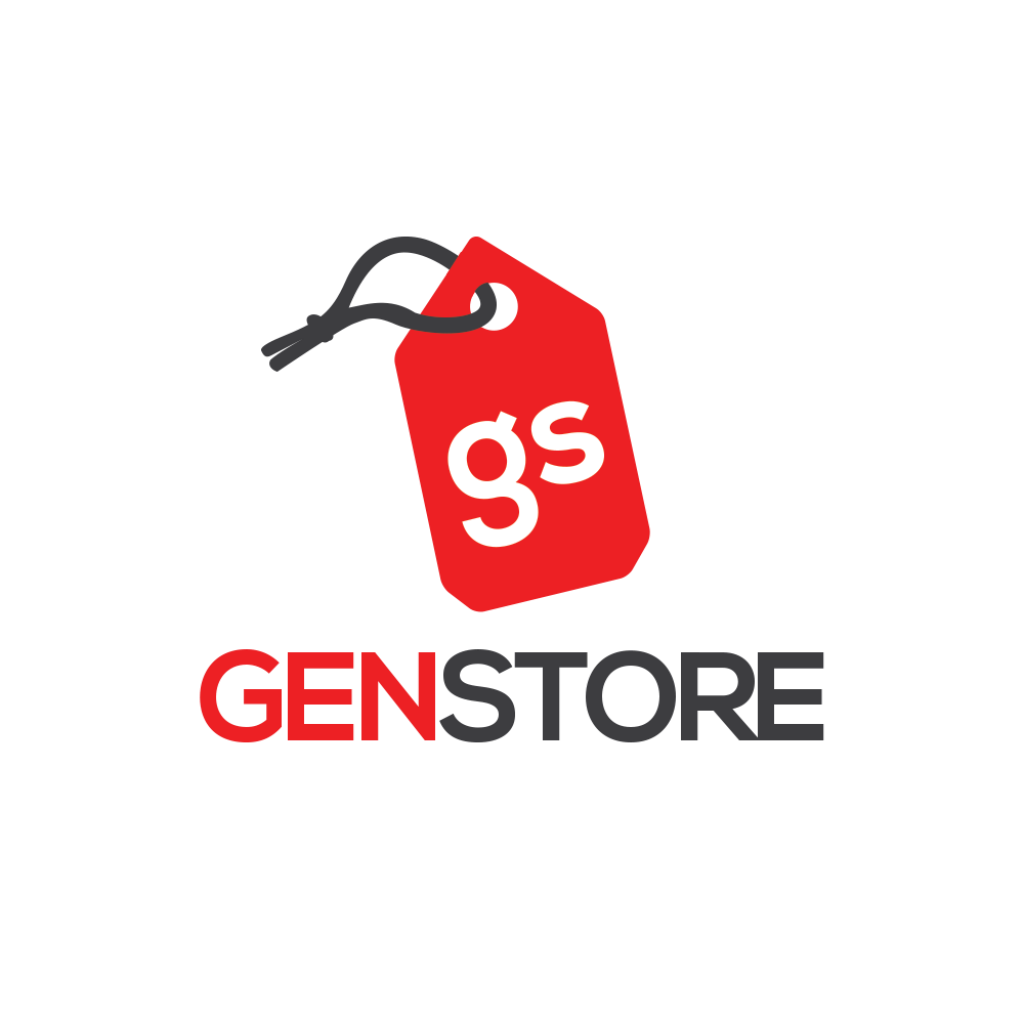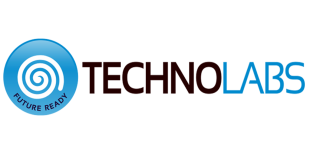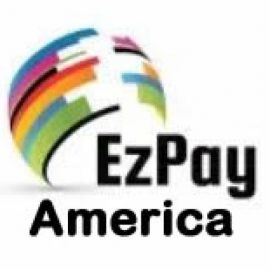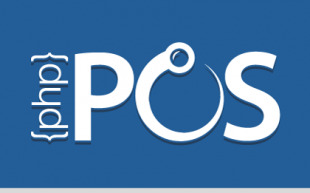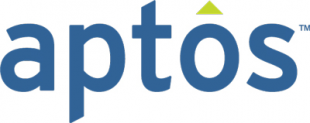What is Restaurant Management Software?
Restaurant management software is an electronic system that helps owners and managers to control all aspects of the restaurant. This kind of software enables restaurant owners to reduce the cost of running the business, track the inventory, food stocking, orders, and get detailed analytics. Using restaurant software management obtains lots of benefits like more profits, reduced inventory cost, reduced labor cost and less waste of food.
There is a lot of software for restaurants. Some platforms include point of sale systems (POS). But besides this feature, most restaurant management tools include plenty of other functions to operate the restaurant. Usually, they focused on back-end processes such as accounting, inventory management, and food stocking, labor management.
Top 10 Restaurant Management Software
- Toast
- POSist Restaurant POS
- LightSpeed Restaurant
- NCR Aloha POS
- Restaurant365
- Upserve
- TouchBistro
- FoodHub
- Compeat Software
- CrunchTime
Compare Restaurant Management Software
Buyer’s Guide
Learn More About Restaurant Management Software
Restaurant Management Software Benefits
Why Use Restaurant Management Software?
Restaurant management software was created to help owners manage one or multiple restaurants. Using a unified control and accounting system, service users can control almost anything, from groceries, food prep, and office supplies, to controlling order quantities, most popular dishes, and other business aspects.
Such technical solutions are designed to improve the daily experience of restaurant employees, so they can focus more on improving the level of customer service.
As we mentioned earlier, restaurant system software allows controlling all aspects of your restaurant business from start to finish, from purchasing and logistics to accounting and billing. Today, many restaurants continue to use restaurant POS solutions.
They are quite reliable and show good results, but they do not provide comprehensive solutions. Software for restaurants helps improve employee productivity, reduce costs, and even optimize food storage.
Anyone who wants to improve the level of service in a restaurant or optimize costs is interested in using a comprehensive restaurant management system with a large number of functions. These services are designed specifically for the restaurant business and cover all needs to keep records and control operations.
Restaurant Management Software Features
10 Restaurant Management Software Features
Using software for restaurants has many features:
Menu creation
One of the most important functions. Of course, creating a unique menu requires a lot of work not only for the software, but software for restaurants allows you to do it faster and more efficiently.
Some restaurant software can manage ingredient lists and recipes. Once the basic menu items are worked out, they can easily be added to the POS feature. This will allow users to place orders much faster.
Finance tracking
Extremely important in the restaurant business. It is necessary to get information not only about total revenues and expenditures but also about cash flows. Knowing how much money is spent on the purchase of products, the cost of each dish and other details the accountant can control the finances and optimally manage the money.
Moreover, restaurant management software allows restaurants to adjust their budget and expense as they want. It gives a total amount of money in a month in a weekly cash account part.
It also gives an annual statement as well. The restaurants can see total sales and expenditure. They will be able to understand the actual situation or income profits or losses in any month throughout the year.
Tax Tools
To keep your taxes done, you will have to ensure that you follow all the rules and regulations. To make your restaurant taxes easier you can use restaurant management software.
These programs will help you prepare for tax reporting with minimal effort. Thanks to the fact that all data on accounts and financial transactions are stored in the system, there is no worry that any information will be lost.
Order management
This is a very important part of the restaurant business. Any irregularities can lead to disastrous consequences. With digital tickets, the kitchen can quickly handle orders as they come in.
If the restaurant is working in delivery mode, digital tickets can also help organize these processes for the convenience of customers and restaurant employees.
Credit Card Processing
Most restaurants already use credit card processing that is built into POS services and solutions. While most diners pay by credit card, built-in credit card processing is a must-have service. Many restaurant owners install point-of-sale systems separately, but they work best when integrated with a restaurant software platform.
Loyalty features
More and more restaurants are using loyalty programs for their regular customers. Gift cards, discounts, email newsletters. By doing all these activities centrally with one service, it becomes easy. Restaurant visitors no longer have to keep cards, memorize codes, and do other things that can anger them.
Inventory management
This feature is another important part of restaurant management. Inadequate product control leads to losses and extra costs that reduce margins. With inventory management in the restaurant management system, the chef can easily control the availability of ingredients, expiration dates, and plan future purchases.
Modern control systems allow stock levels to be updated automatically when the required items are available. This system makes restaurant management much more convenient and faster than doing it all manually.
Personnel management
It doesn’t matter what size your restaurant is. Every restaurant has a large number of employees: cooks, hostesses, storekeepers, back-office staff, and so on. Employee management features included in restaurant management software can help to create schedules for the employees.
Moreover, you can create different shifts, train staff, estimate which days are busier so that more employees can come to work. Thus, restaurant management software helps to optimize staff costs and avoid overstaffing.
Reports and analytics
Without controlling data, revenue, and expenses, it’s hard for restaurants to make money. Many owners receive and process data the old-fashioned way, using paper reports. Modern technology and management systems allow you to create almost any report on restaurant activity in minutes.
Using restaurant management software you get all the analytics, tips to improve management and company margins. In fact, data analysis is the key to a successful restaurant business.
Restaurant Management Software Types
5 Types of Restaurant Management Software Services
There are different types of software that can be integrated into one system or work separately.
- Reservation software is designed to receive and manage reservations. Potential restaurant visitors can book a table online on the restaurant’s website or on separate reservation services. Such systems can either work for their own site or be integrated with aggregator sites.
- Restaurant POS software is designed to improve visitor transactions and may also have additional features. There are separate POS-services for restaurants, but their services may not be as reliable.
- Restaurant delivery/takeout software gives restaurants the ability to take orders online. Although many large food delivery companies already offer such features, many restaurants are looking to set up their own delivery service to get closer to their loyal customers and provide them with better service.
- Restaurant inventory management software is designed to help restaurants manage food inventory and simplify the purchasing process. There are several individual services but they are not as robust as a complete set of restaurant management systems.
- Restaurant analytics software is designed to provide highly accurate data analysis to improve restaurant management. Such software is able to collect large amounts of information and create detailed reports. It can be used to analyze restaurant operations and improve business processes.






